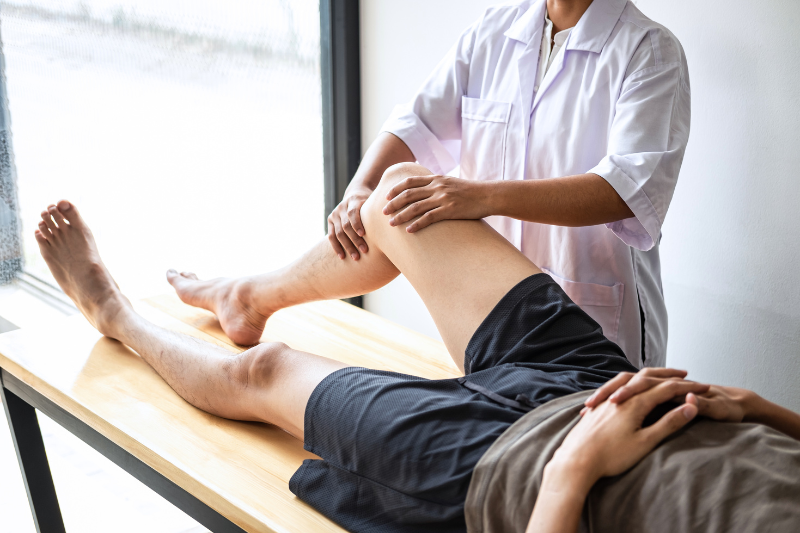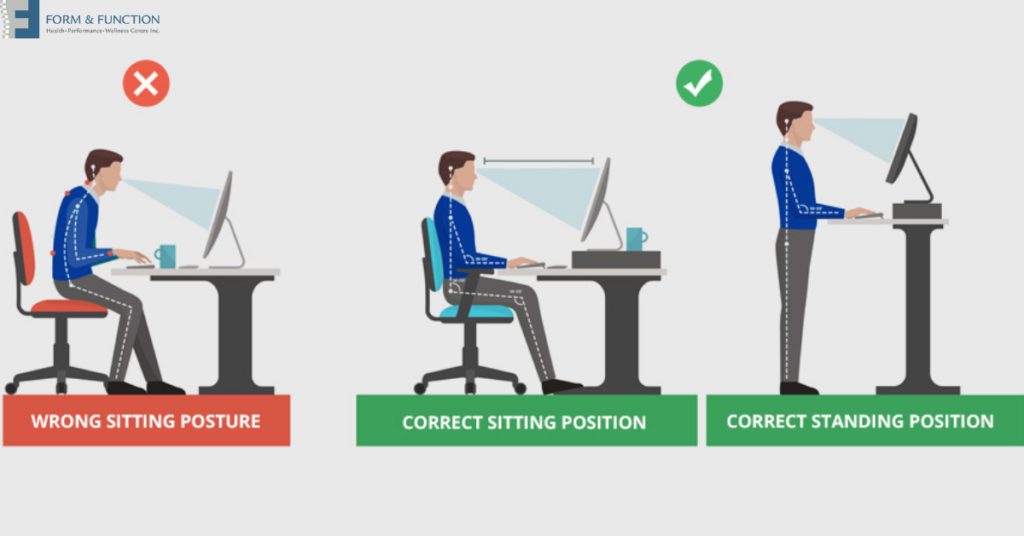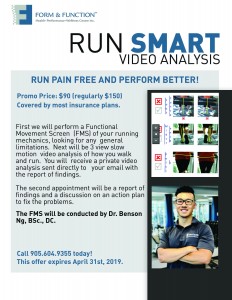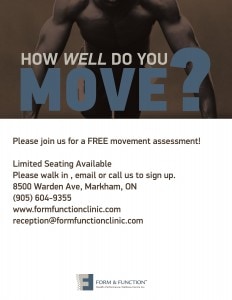Understanding Hip Impingement
If you’re an active person and experiencing persistent groin, back, or hip pain, you may be dealing with a condition called hip impingement. This article aims to provide you with a comprehensive understanding of hip impingement, its symptoms, and how it can impact your daily life and athletic pursuits.
What is Hip Impingement?
Hip impingement, also known as femoroacetabular impingement (FAI), is a condition where the bones of your hip joint is not fitting together perfectly, causing them to rub against each other during movement. This friction can lead to damage to the cartilage that lines the joint, as well as the labrum, a ring of cartilage that helps to stabilize the joint.
There are two main types of hip impingement: cam impingement and pincer impingement. Cam impingement occurs when the neck of the femur (thigh bone) is larger than it should be, while pincer impingement happens when the acetabulum (hip socket) is too deep, or injury of the synovium (tissue around the joint that holds the joint fluid) is being impinged and causing pain in the hip. In some cases, a person may have a combination of both types.
Symptoms and Their Impact on Daily Life
The most common symptom of hip impingement is pain in the groin area, which can range from mild to severe. You may also experience stiffness, clicking, or locking sensations in the hip joint. These symptoms often worsen with activities that involve bending the hip, such as sitting for long periods, getting in and out of a car, or engaging in sports that require quick directional changes.
Hip impingement can significantly impact your daily life, making it difficult to perform routine tasks or enjoy your favourite activities. You may find yourself avoiding certain movements or positions due to pain, which can lead to muscle weakness and further joint deterioration over time. Additionally, the constant discomfort can take a toll on your mental well-being, leading to frustration and anxiety.
It’s essential to address hip impingement early on to prevent further damage to the joint and improve your overall quality of life. In the following sections, we’ll explore various non-surgical treatment options available in Markham, as well as tips for managing and preventing hip impingement.
The Importance of Early Intervention
It’s essential to address hip impingement early on to prevent further damage to the joint and maintain your active lifestyle. Ignoring the symptoms or pushing through the pain can lead to more severe complications, such as labral tears or early-onset osteoarthritis.
If you suspect that you may have hip impingement, it’s crucial to consult with a healthcare professional who specializes in sports medicine or musculoskeletal conditions. They can provide an accurate diagnosis and develop a personalized treatment plan to help you manage your symptoms, restore proper joint function, and safely return to your desired level of activity.
Non-Surgical Treatments for Hip Impingement in Markham
Pain Management: Medications and Injections
Pain management through medications and injections should be considered a last resort option for treating hip impingement. However, in cases where physiotherapy and alternative therapies fail to provide sufficient relief, your healthcare provider may recommend anti-inflammatory medications or targeted injections to alleviate acute pain and improve mobility.
Non-steroidal anti-inflammatory drugs (NSAIDs) are commonly prescribed to reduce inflammation and ease discomfort associated with hip impingement. While these medications can provide short-term relief, they may have potential side effects, especially with prolonged use. Your doctor will carefully weigh the benefits against the risks before prescribing them.
In some instances, corticosteroid injections directly into the hip joint may be advised. These powerful anti-inflammatory injections can temporarily relieve pain and improve range of motion. However, their effects are temporary, and repeated injections are not recommended due to the potential for further joint damage. Injections are typically considered a short-term solution while you pursue longer-lasting treatments, such as physiotherapy or lifestyle modifications.
Physiotherapy and exercise programs are often the first line of defense against hip impingement. The primary objective is to reduce inflammation, restore range of motion, and strengthen the muscles surrounding your hip joint. Your physiotherapist will design a personalized plan tailored to your specific needs and condition severity. Initially, you may need to focus on gentle stretches and isometric (static) exercises to alleviate acute pain and improve mobility. As your symptoms subside, you’ll gradually progress to dynamic movements that challenge your hip’s stability and strength.
A comprehensive exercise routine targets the deep core muscles, hip flexors, gluteal muscles, and surrounding muscle groups. Strengthening these areas can help support your hip joint, reduce strain, and prevent further impingement. Your physiotherapist may also incorporate manual therapy techniques, such as soft tissue massage and joint mobilization, to improve range of motion and alleviate muscle tension.
Targeted Exercises for Hip Strength and Stability
Incorporating targeted exercises into your daily routine is crucial for managing hip impingement and preventing further joint damage. Focus on exercises that strengthen the muscles surrounding your hip, particularly your gluteal muscles, hip abductors, and core. These muscles help stabilize your hip joint and prevent excessive stress on the affected area.
Some effective exercises for hip impingement include bridges, clamshells, side-lying leg lifts, and gentle hip rotations. It’s essential to start slowly and gradually increase the intensity and repetitions as your strength and tolerance improve. Working with a physiotherapist or qualified fitness professional can help ensure that you’re performing the exercises correctly and safely.
Alternative Therapies: Acupuncture and Chiropractic Care
In addition to traditional physiotherapy and exercise programs, you may find relief through alternative therapies such as acupuncture and chiropractic care. These complementary approaches can be safely integrated into your overall treatment plan to address hip impingement from multiple angles.
Acupuncture, a form of traditional Chinese medicine, involves inserting thin needles into specific points on the body to alleviate pain and promote healing. For hip impingement, acupuncture can help reduce inflammation, improve circulation, and release muscle tension in the affected area. Many patients report a significant reduction in discomfort and improved mobility after a series of acupuncture sessions.
Chiropractic care focuses on realigning the body’s musculoskeletal structure, including the joints and surrounding muscles. A chiropractor may use manual adjustments and manipulations to restore proper alignment and function to your hip joint, alleviating the impingement and associated symptoms. Chiropractic treatments can also address any compensatory imbalances or misalignments in the spine or other joints that may contribute to hip impingement.
Choosing the Right Treatment Plan for You
When it comes to managing hip impingement, it’s crucial to choose a treatment plan that aligns with your individual needs and goals. As a woman living in Markham, you have access to a wide range of healthcare providers and resources that can help you find the most effective approach to restoring your hip’s form and function.
Factors to Consider: Age, Lifestyle, and Severity of Condition
Your age, lifestyle, and the severity of your hip impingement all play a significant role in determining the most appropriate treatment plan. For younger women with mild to moderate impingement, a conservative approach focusing on physiotherapy, exercise, and lifestyle modifications may be sufficient to alleviate symptoms and prevent further joint damage.
However, if you’re an older woman or have more severe impingement, you may require a more aggressive treatment plan that includes pain management techniques, such as medications or injections, alongside physiotherapy. Your healthcare provider will assess your individual situation and recommend a tailored approach that addresses your specific needs and goals.
It’s also essential to consider your lifestyle and daily activities when choosing a treatment plan. If you lead an active life or participate in sports, you may require a more intensive rehabilitation program to help you safely return to your desired level of function. On the other hand, if you have a more sedentary lifestyle, your treatment plan may focus on improving your overall mobility and reducing pain during everyday tasks.
Finding the Right Healthcare Providers in Markham
Unionville is home to a diverse range of healthcare providers who specialize in treating hip impingement and other musculoskeletal conditions. When searching for the right professionals to support your treatment plan, look for providers who prioritize a collaborative, patient-centered approach.
Start by seeking referrals from your primary care physician or trusted friends and family members who may have experienced similar issues. You can also research local physiotherapy clinics, chiropractic offices, and acupuncture practitioners online, paying close attention to patient reviews and testimonials.
When evaluating potential healthcare providers, consider their level of expertise in treating hip impingement, as well as their commitment to ongoing education and staying up-to-date with the latest research and treatment techniques. A knowledgeable, experienced provider will be better equipped to develop a comprehensive treatment plan that addresses both the form and function of your hip joint, ultimately helping you achieve optimal results.
Living with Hip Impingement: Tips for Management and Prevention
Living with hip impingement can be challenging, but there are several strategies you can implement to manage your symptoms and prevent further damage to your hip joint. By making simple lifestyle changes and incorporating targeted exercises into your daily routine, you can significantly improve your quality of life and maintain your hip’s health.
Lifestyle Modifications for Hip Impingement Management
One of the most effective ways to manage hip impingement is by making mindful adjustments to your daily habits and activities. This may include avoiding prolonged periods of sitting, which can exacerbate hip pain and stiffness. Instead, take frequent breaks to stand, stretch, or walk around, promoting circulation and reducing pressure on your hip joint.
Additionally, be mindful of your posture and body mechanics during everyday tasks. When bending or lifting, use your legs and core muscles to support the movement, rather than relying solely on your hips. If certain activities, such as high-impact sports or exercises, aggravate your symptoms, consider finding low-impact alternatives that still allow you to stay active without putting undue stress on your hip joint.
Daily Habits and Lifestyle Changes
Managing hip impingement goes beyond just treating the symptoms; it requires making thoughtful lifestyle changes and adopting healthy habits to prevent further aggravation and promote lasting relief. One of the most effective strategies is to incorporate exercises that strengthen your lateral kinetic chain, which includes the muscles running along the sides of your body, such as the glutes, hip abductors, and obliques.
These muscles play a crucial role in stabilizing your hip joint and preventing excessive inward rotation or adduction, which can exacerbate impingement. By strengthening this lateral chain, you’ll not only improve your hip’s stability but also correct imbalances that may be contributing to your condition. Exercises like clamshells, side-lying leg raises, and lateral band walks can be highly effective in targeting these areas.
In addition to targeted exercises, making simple adjustments to your daily habits can significantly impact the management of hip impingement. For instance, minimizing prolonged sitting or activities that require excessive hip flexion can reduce the strain on your hip joint. Instead, aim to take frequent breaks and incorporate gentle movements or stretches throughout the day.
Exercises to Strengthen and Protect Your Hips
Incorporating targeted exercises into your daily routine is an essential part of managing and preventing hip impingement. As you progress through the different stages of your condition, your exercise regimen will need to adapt accordingly. Here’s a general guideline for strengthening and protecting your hips:
Acute Phase: If you’re experiencing a flare-up or acute pain, it’s crucial to prioritize rest and avoid activities that exacerbate your symptoms. During this phase, gentle isometric exercises that engage the muscles without significant movement can help promote healing and maintain strength. Examples include gluteal squeezes, leg raises, and hip abductions while lying down.
Subacute Phase: As your acute symptoms subside, you can begin introducing more dynamic exercises that improve range of motion and stability. This phase may include exercises like clamshells, bridges, and controlled hip rotations. Your physiotherapist can guide you through proper form and progression to ensure a safe and effective recovery.
Functional Movement Phase: Once you’ve regained stability and strength, you’ll focus on functional exercises that mimic daily activities and movements. This phase might involve exercises like squats, lunges, and step-ups, which help strengthen the hips and improve balance and coordination. Your healthcare provider may also incorporate agility drills and sport-specific exercises if your goals include returning to athletic activities.
Prevention and Maintenance: Even after your symptoms have resolved, it’s crucial to continue incorporating hip-strengthening exercises into your routine. This can help prevent future impingement and maintain the overall health of your hip joint. Low-impact activities like swimming, cycling, and walking can also be beneficial for keeping your hips mobile and strong without excessive strain.
When to Seek Further Medical Attention
While conservative, non-surgical treatments are often effective for managing hip impingement, it’s essential to recognize when more medical attention is necessary. Ignoring persistent or worsening symptoms can lead to further joint damage and potentially chronic pain or arthritis down the line. By seeking prompt medical care, you can avoid exacerbating the condition and increase your chances of a successful recovery.
If you experience any of the following, it’s advisable to consult with a healthcare professional without delay: severe or debilitating pain that doesn’t respond to rest or over-the-counter medications, significant loss of range of motion or mobility, locking or catching sensations in the hip joint, or pain that disrupts your sleep or daily activities. These can be signs of advanced joint damage or impingement that may require more aggressive treatment or surgical intervention.
Don’t hesitate to reach out to the experienced team at Form & Function Health, Performance and Wellness Centre in Markham. They offer comprehensive evaluations and individualized treatment plans to address your hip impingement effectively. By taking action early and seeking the appropriate care, you can minimize the risk of long-term complications and improve your overall quality of life. Call Form & Function today to schedule an appointment and take the first step towards regaining pain-free mobility.
Book with Dr. Jim Feng today to start your personalized treatment plan and take the first step toward pain-free mobility.














